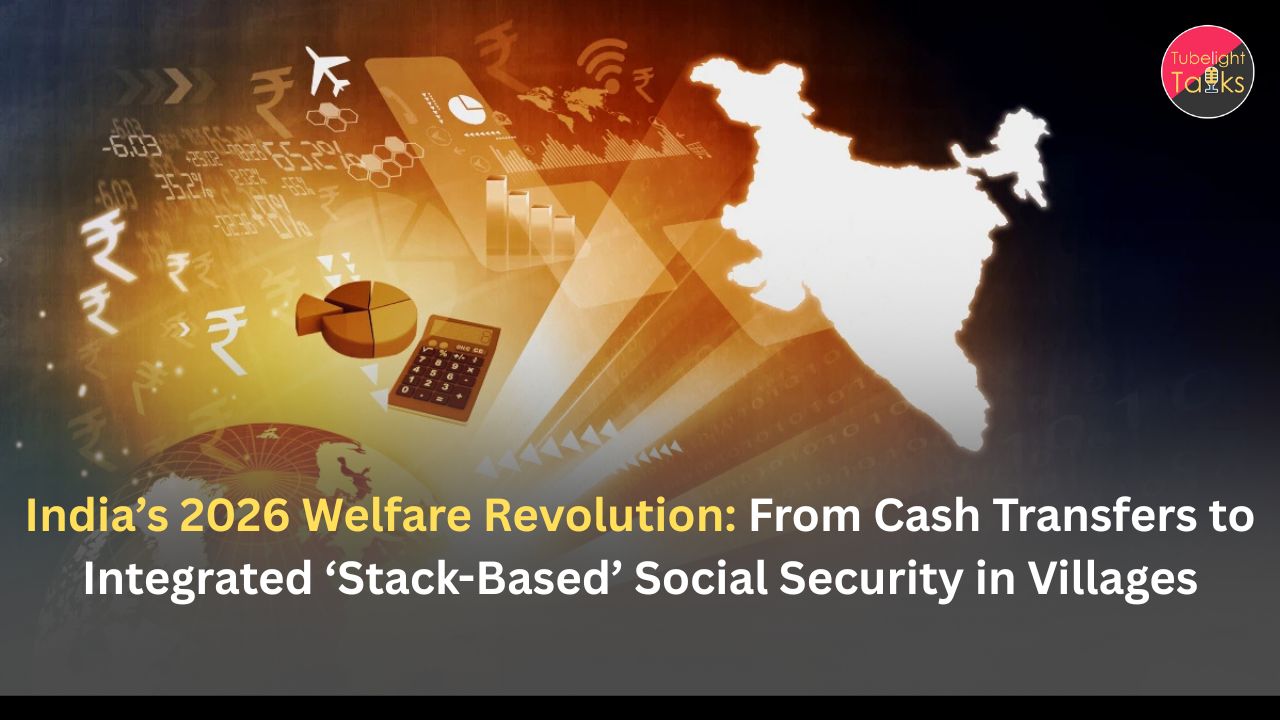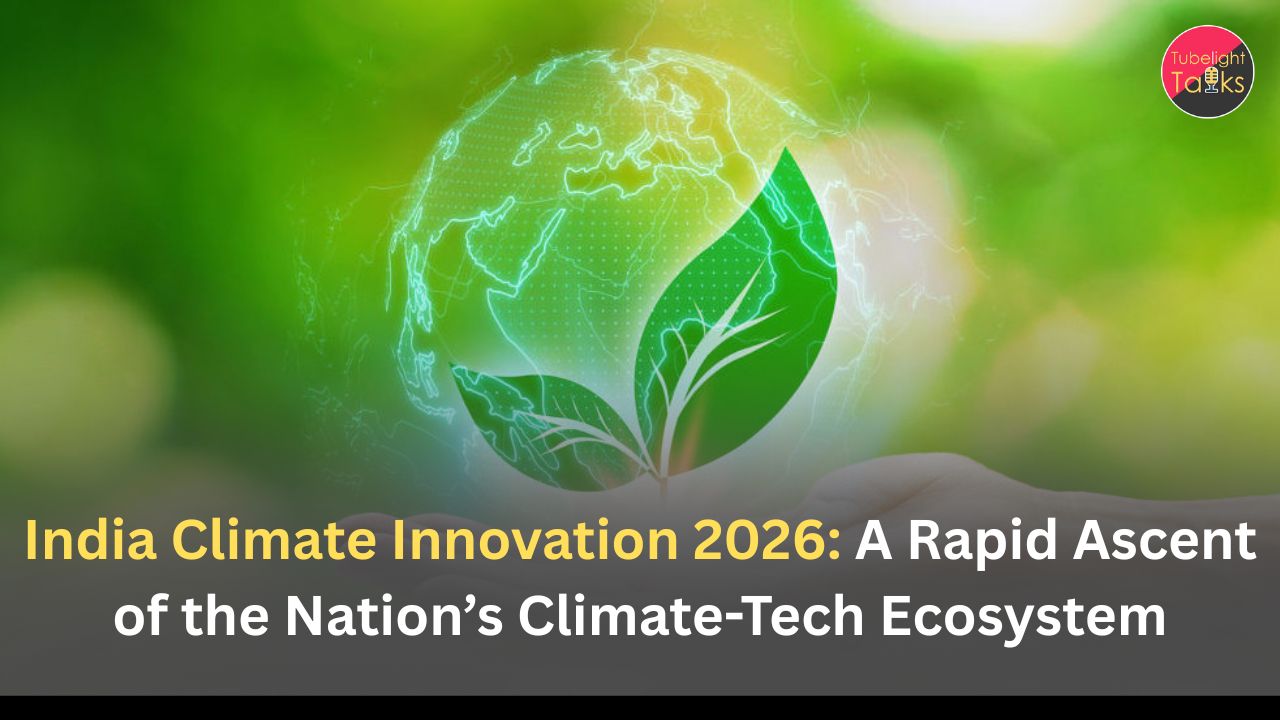India’s capital Delhi and many other cities fall prey to air pollution every year. This problem is not only in urban areas but has now reached rural areas as well. Asthma, allergies, heart diseases and other respiratory illnesses are increasing rapidly.Electric vehicles (EVs) are being considered a major solution. But can EVs alone control this pollution? We will get the answer to this question only by comparing them with other options.
1. EVs: India’s electric revolution
EVs are becoming increasingly popular thanks to the Indian government’s FAME-II scheme, tax breaks, and state subsidies. EV registrations are projected to grow by 60% by 2025.
Benefits:
- Zero tailpipe emissions
- Immediate impact in urban areas
- Reduced maintenance
Challenges:
- Carbon footprint from battery manufacturing
- Coal-based generation of electricity
- Lack of charging infrastructure
Tax benefits on EVs:
- GST only 5% (~28% on ICE vehicles)
- Income tax exemption up to ₹1.5 lakh (Section 80 EEB)
- Road tax and registration charges on EVs waived in many states.
2. Modernization of public transport
Delhi Metro, Lucknow Metro, and electric buses are great examples in this direction.
Advantages:
- Decrease in pollution due to reduction in private vehicles
- Accessible to all sections
- Cost effective in the long run
Challenges:
- High initial investment
- Difficulties in planning and maintenance
Tax initiatives:
State governments provide tax benefits and budgetary priority to public transport projects.
3. Use of CNG and biofuels
Delhi’s buses and autos have been running on CNG for a long time. Now attention is also being paid to bioethanol and biodiesel.
Advantages:
- Cleaner fuel than petrol-diesel
- Can be implemented immediately in certain sectors.
Challenges:
- Supply and storage issues
- No long-term solution
Tax benefits:
- Subsidy available on CNG and biofuels.
- Central excise duty exemption on biofuels.
4. Emission Norms (BS6 & Beyond)
BS6 forced vehicle manufacturers to adopt low emission technology.
Benefits:
- Effects all vehicles
- Scientifically improved air quality
Challenges:
- Difficult to remove old vehicles
- Challenge in ensuring compliance in rural areas.
Tax initiatives:
- Additional tax benefits on BS6
vehicles
- Scrappage policy to boost new vehicles
5. Urban green technologies and policies
Smog towers, green corridors, vertical gardens, and AI-based traffic management are rapidly emerging solutions.
Benefits:
- Effective in specific areas of cities
- Support under Smart City Mission
Challenges:
- Expensive solutions
- Need for long-term sustainability
Tax support:
Many companies contribute through CSR initiative and under Green Tax policies.
6. Role of Renewable Energy in EV Ecosystem
For EVs to truly make a difference, the electricity that powers them must come from renewable sources. Currently, much of India’s power still comes from coal, which undermines the environmental benefits of EVs. Solar and wind energy integration with EV charging infrastructure is essential.
The government’s push through schemes like PM-KUSUM and increased solar park investments are promising steps. However, large-scale storage solutions and grid upgrades are urgently needed to match renewable energy supply with EV demand.
7. Behavioral Change and Public Awareness
No strategy can succeed without public participation. While policies and technologies provide the framework, it is ultimately citizens’ behavior that determines success. Choosing public transport over personal vehicles, reducing unnecessary travel, timely maintenance of vehicles, and energy-conscious practices at home can significantly cut emissions. Awareness campaigns, school-level education, and community-led initiatives are crucial in fostering a culture of sustainability in everyday life.
8. The Economic Opportunity in Clean Air
Combating air pollution is not just an environmental issue but an economic opportunity. Investment in green infrastructure, EV manufacturing, and sustainable technologies can generate lakhs of jobs. India can position itself as a global hub for clean tech exports, especially in EV components, solar panels, and pollution control devices. Additionally, reduced healthcare costs and improved workforce productivity due to cleaner air can provide a significant economic boost in the long run.
9. Policy Synergy and Governance Reforms
Effective implementation of pollution control strategies demands coordination between various government departments and levels—central, state, and municipal. Fragmented policies often dilute impact. A unified, cross-sectoral approach integrating transport, energy, urban development, and health is crucial. Real-time pollution monitoring, stricter enforcement of environmental laws, and incentivizing innovation through policy reforms will ensure that solutions are not only adopted but sustained. Smart governance backed by data and transparency can accelerate India’s journey toward cleaner air.
Conclusion: An integrated approach is the future
EVs are not the only solution. A diverse country like India will have to implement various measures simultaneously to tackle pollution.The overall impact can only be achieved by integrating EVs with public transport, green technologies, transition fuels like CNG, and regulations. This is only possible when policy, citizens, and technology work together.
The solution from the view of Sant Rampal Ji Maharaj
Saint Rampal Ji Maharaj always said that the balance of the environment can be maintained only when man rises above greed, luxury and ego and adopts a life of meditation and restraint.
His words say: “When a person does bhakti, nature will support him.” Therefore, a permanent solution to pollution is not limited to external measures, but also to internal changes – which only true bhakti can provide.
FAQs: EVs vs 4 pollution control strategies
1. Do EVs really reduce pollution?
Yes, but the power source must be clean.
2. What is the cheapest and most efficient mode of transport in India?
Expansion of public transport is the most efficient and inclusive.
3. Is CNG outdated now?
No, it is still useful as a transition fuel.
4. Which strategy gets the most tax breaks? EVs get the most tax relief.
5. Can green technologies be the only solution?
No, they are complementary measures.
6. What is the biggest drawback of EVs?
Lack of charging stations and carbon build-up of batteries.
7.How do emission norms help air quality?
They regulate vehicle emissions from all types, thereby reducing overall pollution.
8. Are EVs effective in rural areas as well? There are challenges now but it is possible in the future.
9. What is the role of the citizen in tackling pollution?
Environmental protection is possible through sensible vehicle use, devotion and disciplined living.
10. Is there any video or book of Sant Rampal Ji Maharaj on this subject?
Yes, important teachings on environmental protection have been given in “Jeene Ki Raah” and other satsangs.










